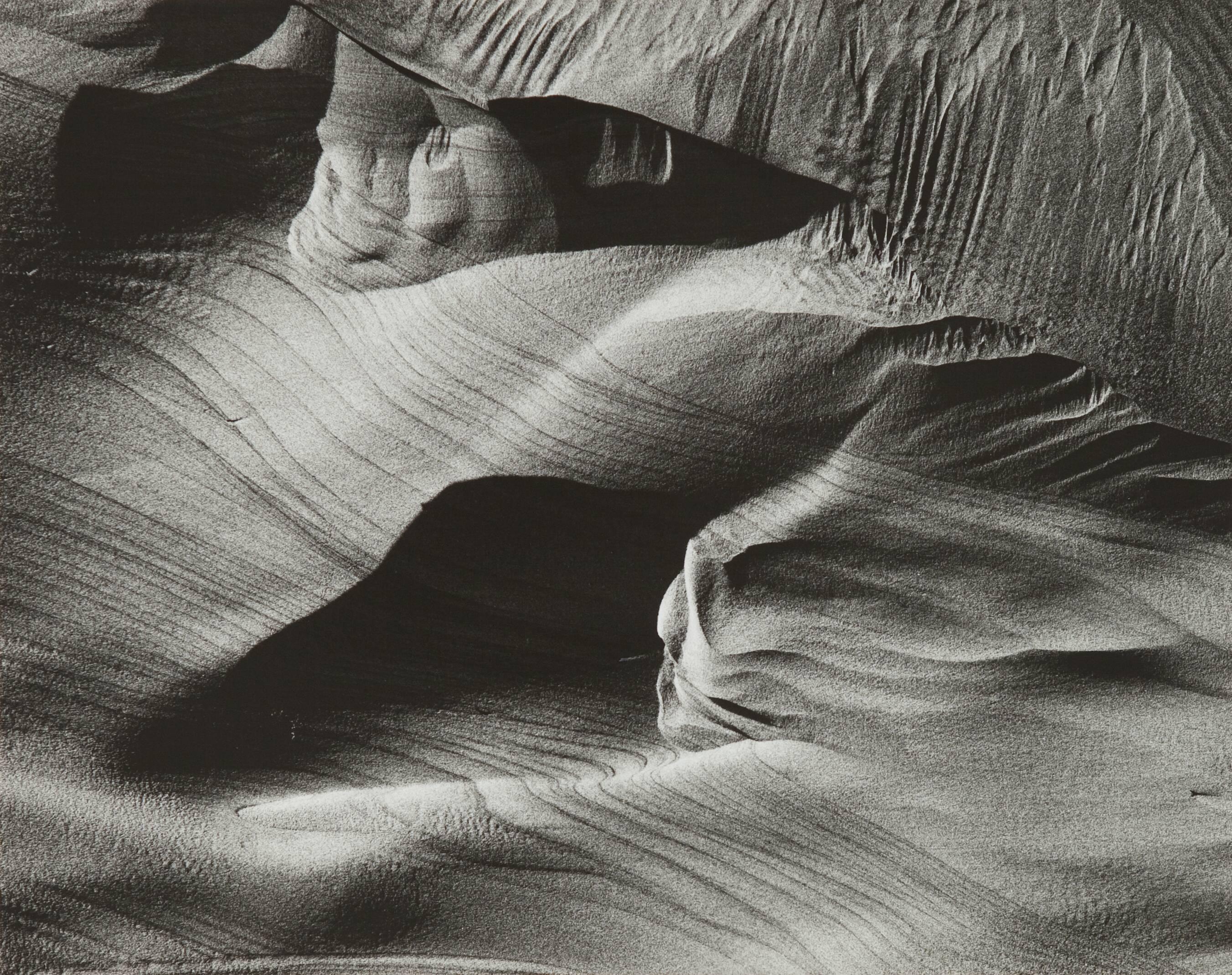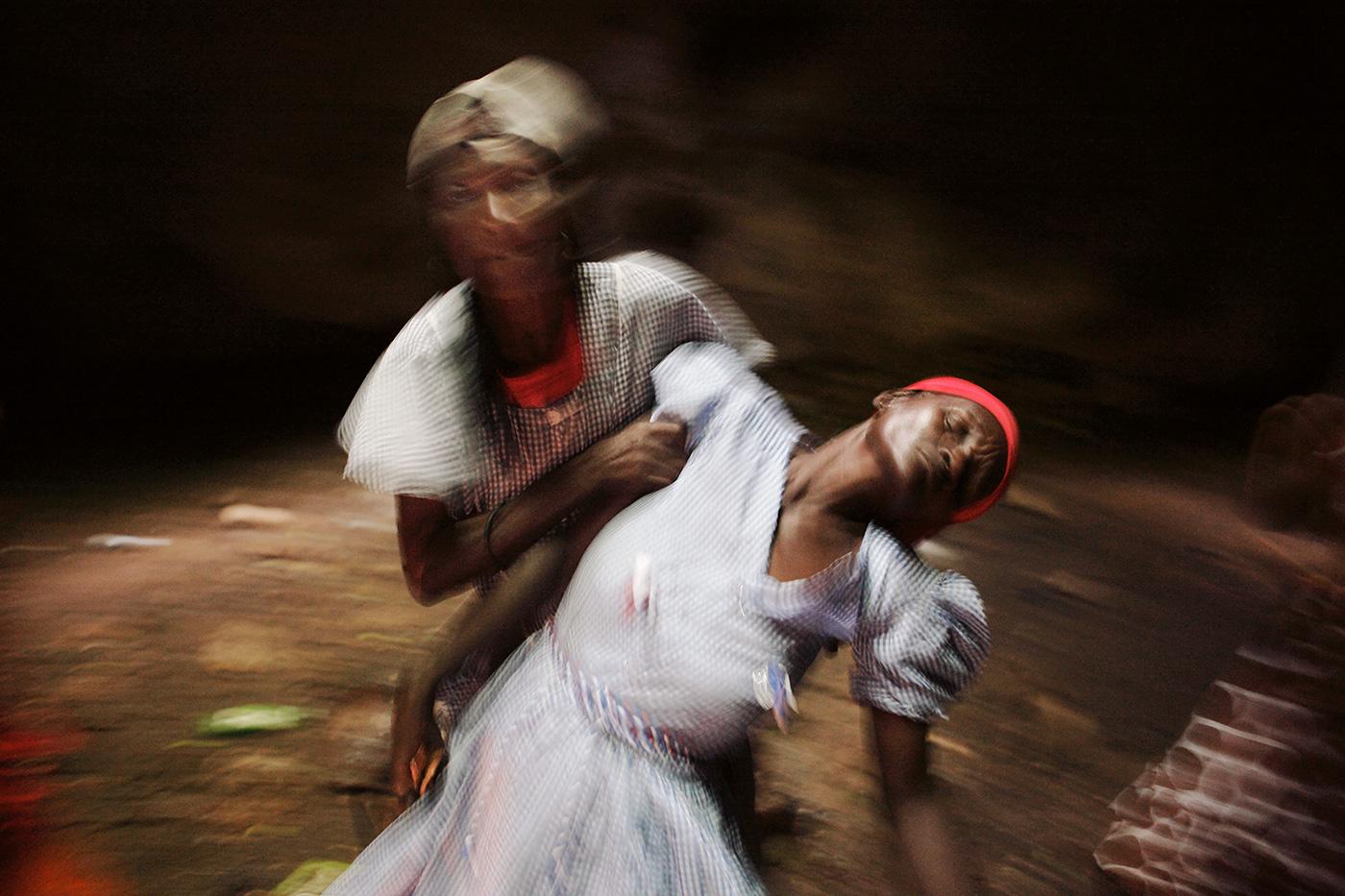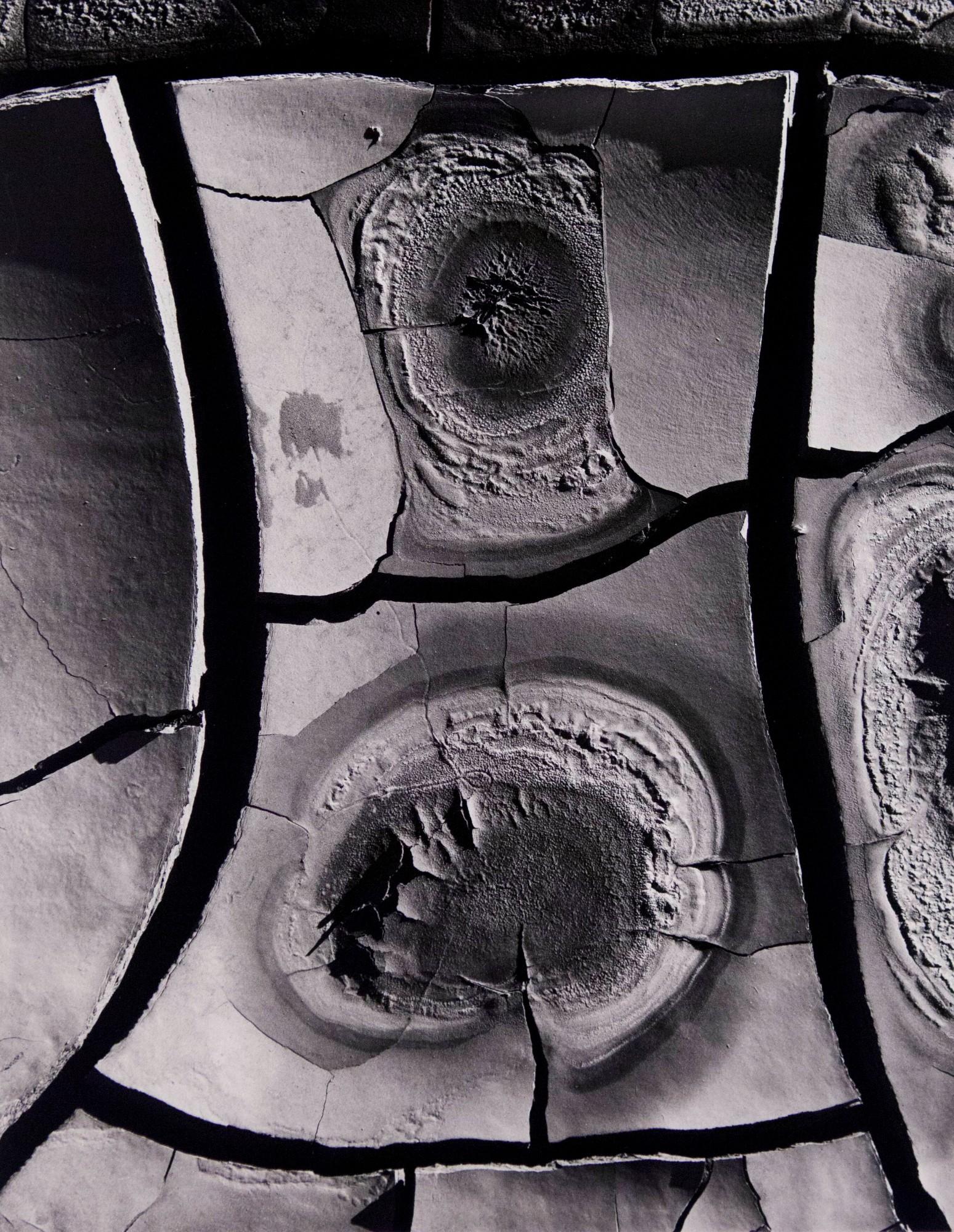Looking at the past of photography was not enough and the MOPA decided to pair The Stories They Tell with Dreamscapes, the museum’s annual youth exhibition that invites students, from kindergarten to the 12th grade, to submit their images. This year’s theme was dreams and the jury selected 100 works from more than 800 students resident in San Diego and Tijuana. The juxtaposition of past, present, and future enhances the relevance of both exhibitions. Deborah Klochko, the museum’s executive director and chief curator, noted that despite living in a world loaded with images, we are still not able to fully understand our visual culture.
“Through the exhibitions and programs that we offer at MOPA we help people understand the history of the medium, how context can change the meaning of an image, and how to read and interpret an image based on a variety of factors including, who made it, why it was made, and how it was made,” Klochko adds. Exhibitions like The Stories They Tell and Dreamscapes, therefore, have the purpose of helping viewers to navigate the history, development, and aspirations of photography. “By giving people the tools to understand a single image,” Klochko continues, “they are better prepared to understand the countless images that are streaming in our overly connected world today.”































